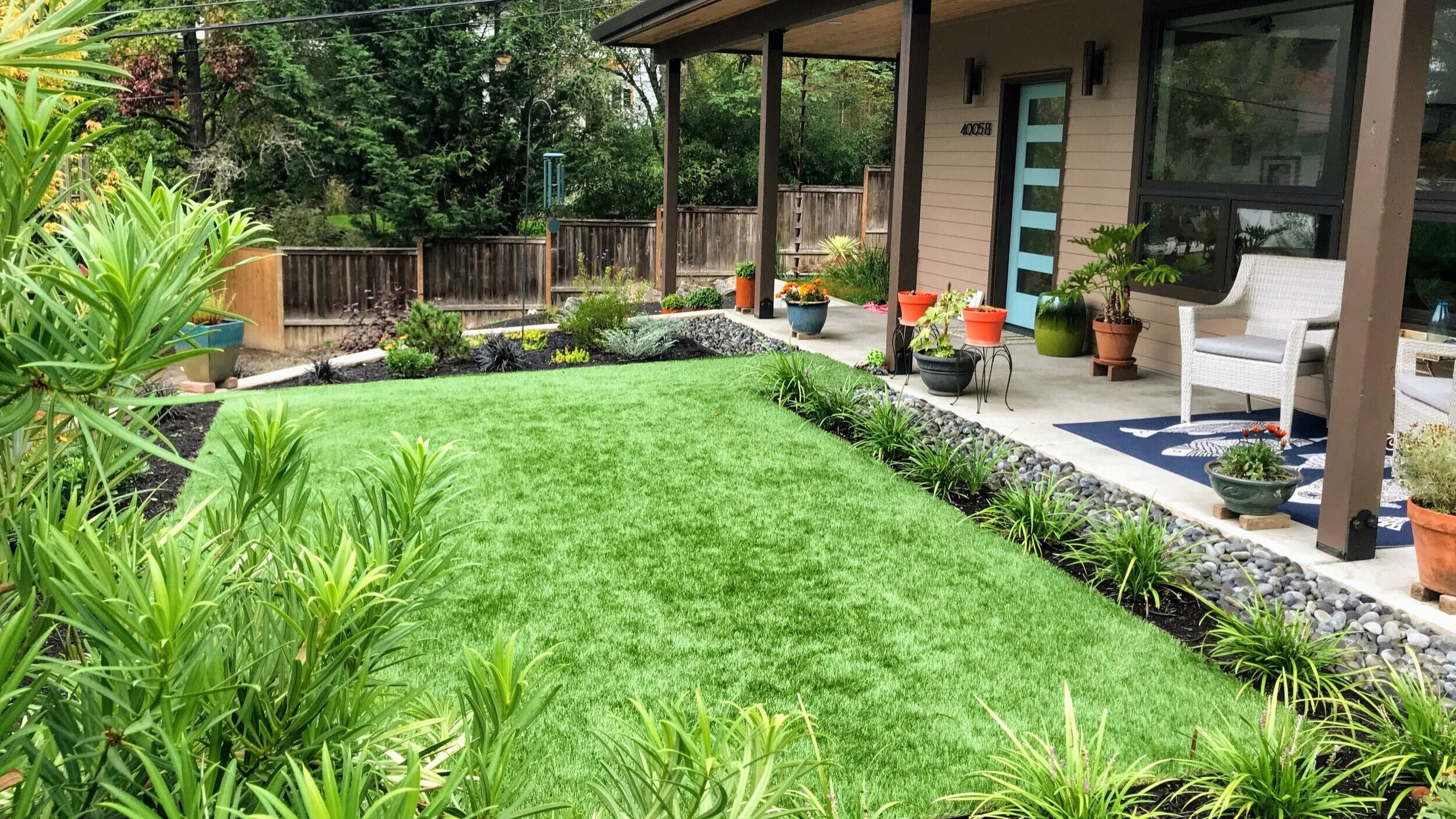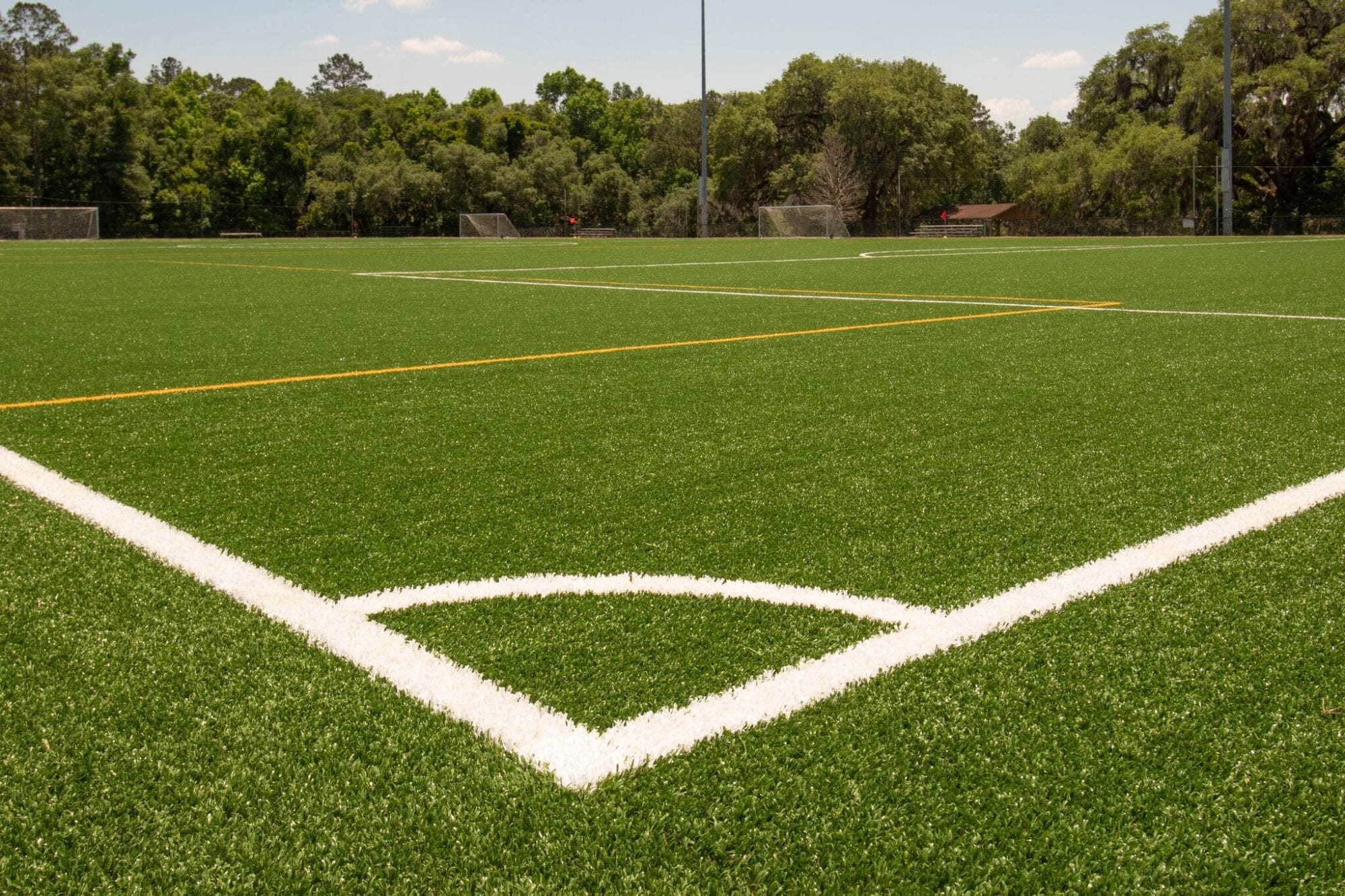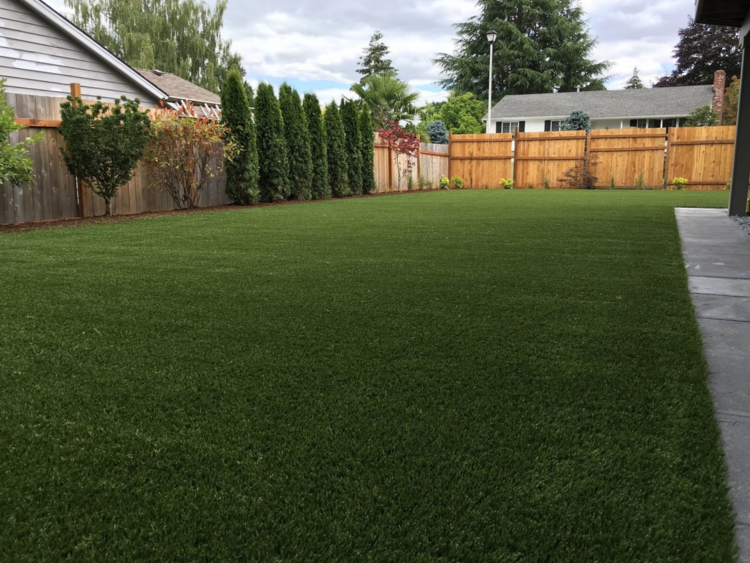Top Phoenix Turf Companies Delivering High-Quality Synthetic Grass Solutions
Top Phoenix Turf Companies Delivering High-Quality Synthetic Grass Solutions
Blog Article
See Why Homeowners Prefer Synthetic Grass for Sustainable Landscaping Practices
As property owners increasingly focus on sustainability in landscaping, man-made lawn has arised as a compelling option to standard grass. What stays to be discovered is the full range of advantages that synthetic grass can supply to house owners and the environment alike.
Water Conservation Perks
Among the most considerable benefits of synthetic grass is its function in water preservation. Traditional turf yards call for significant amounts of water to preserve their lavish look, frequently causing overuse of neighborhood water sources, especially in deserts. In contrast, synthetic grass removes this demand entirely, as it does not require irrigation. This not only saves water however also lowers the pressure on municipal water systems, particularly during drought conditions.
In addition, the installment of synthetic grass can add to an extra lasting landscape. House owners can substantially decrease their water expenses, enabling for reallocation of resources to other ecological campaigns or family uses. Additionally, synthetic grass is designed to hold up against numerous weather conditions without the need for supplementary watering, making it an optimal choice for areas facing water shortage.
The environmental benefits expand past prompt water savings. By reducing water consumption, synthetic grass helps to reduce the influences of environment adjustment, preserving important environments that are threatened by extreme water removal. As sustainable landscape design practices acquire grip, synthetic grass becomes a liable option for house owners seeking to create environment-friendly outside areas.
Reduced Upkeep Initiatives
Synthetic grass considerably reduces upkeep efforts compared to typical turf yards. With synthetic lawn, property owners can eliminate the lengthy jobs connected with natural landscape design, such as mowing, fertilizing, and weeding. This not only conserves important time yet also minimizes physical labor, making grass care easily accessible for people of all ages.
One of one of the most notable advantages is the lack of normal mowing. Traditional grass need constant cutting to keep an aesthetically pleasing height, whereas fabricated lawn remains regularly rich without the demand for reducing. Additionally, house owners no more require to use fertilizers or pesticides, which are typically needed to maintain all-natural grass healthy. This shift not only lightens the work yet additionally advertises a neater, more uniform appearance year-round.
In addition, synthetic grass is resilient and resilient, requiring minimal maintenance past occasional brushing and washing to eliminate debris. This ease of upkeep enables house owners to enjoy their outdoor rooms without the continuous worry of maintenance, supplying more time for recreation and family members activities. Ultimately, the lowered upkeep efforts connected with synthetic grass make it an enticing choice for those seeking a low-maintenance, aesthetically appealing landscape.

Ecological Impact Reduction
There is an expanding acknowledgment of the ecological advantages associated with synthetic grass, specifically in regards to water preservation and reduced chemical usage. Conventional yards need substantial quantities of water, particularly in drought-prone regions, causing boosted pressure on neighborhood water sources. In comparison, synthetic grass eliminates the need for watering, significantly decreasing water consumption and promoting sustainability.
Additionally, standard next page grass maintenance commonly entails the application of herbicides, fertilizers, and pesticides, which can add to dirt and water air pollution. Fabricated lawn alleviates this environmental risk by requiring minimal upkeep and virtually removing the demand for dangerous chemicals. This not only enhances dirt health and wellness however also safeguards local ecosystems from poisonous overflow.
Furthermore, the production of all-natural turf lawns commonly entails the usage of nonrenewable fuel sources for trimming and landscaping equipment, more adding to greenhouse gas exhausts. By selecting synthetic grass, house owners can substantially lower their carbon impact connected with grass care tasks.
Aesthetic Charm and Flexibility
Along with its ecological advantages, artificial turf official source uses significant aesthetic appeal and adaptability for landscape design. Homeowners can accomplish a lavish, environment-friendly look year-round, eliminating the seasonal changes frequently linked with natural lawn. This consistent visual not only improves the aesthetic appeal of a residential or commercial property but also adds to a well-maintained and refined look.
Furthermore, man-made grass is readily available in a selection of designs, shades, and appearances, enabling customization to match private preferences and style themes - Arizona turf. Whether made use of in household yards, industrial areas, or leisure areas, it can seamlessly integrate into varied landscape design styles, from modern minimalist to lavish exotic settings
The versatility of artificial turf expands beyond mere look; it can be set up in different locations, consisting of rooftops, patios, and also interior areas, creating opportunities for one-of-a-kind landscaping solutions. In addition, it is appropriate for a variety of tasks, from kids's backyard to pet-friendly atmospheres, providing capability without jeopardizing style.
Inevitably, the aesthetic allure and adaptability of artificial lawn make it an appealing option for homeowners looking for sustainable landscaping solutions that do not compromise elegance for environmental duty.

Long-Term Price Financial Savings
One of the most engaging advantages of fabricated grass is its possibility for long-lasting cost financial savings. Unlike natural yard, which needs normal maintenance-- consisting of mowing, watering, feeding, and insect control-- synthetic turf dramatically minimizes these ongoing expenditures.
Furthermore, synthetic turf has a life-span of 15 to 25 years, depending upon its top quality and use. This resilience minimizes substitute costs, making it an extra cost-effective selection over time. The preliminary financial investment in synthetic turf can typically be redeemed through the financial savings accrued over time.
While the in advance cost may appear higher compared to turf installment, the advancing cost savings from reduced upkeep and water usage commonly outweigh these preliminary expenses. Ultimately, the adoption of man-made lawn not only promotes a lasting landscaping option yet also provides home owners a financially savvy choice that straightens with lasting budgeting goals.
Conclusion
Man-made grass emerges as an engaging alternative for lasting landscaping, providing significant benefits in water preservation, decreased maintenance initiatives, and reduced environmental impact. As areas progressively prioritize eco pleasant methods, the adoption of fabricated grass represents a dynamic step toward attaining durable and sustainable landscapes.
In addition, man-made turf is made to stand up to various weather conditions without the demand for extra watering, making it an optimal choice for areas facing water deficiency. (Turf installation phoenix az)

Fabricated grass emerges as a compelling alternative for lasting landscape design, providing significant benefits in water preservation, minimized maintenance initiatives, and reduced environmental impact.
Report this page